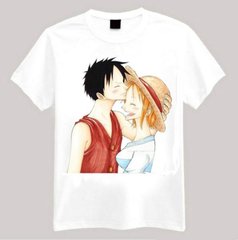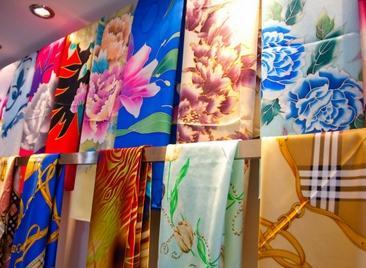Outdoor travel to deal with changing weather, waterproof jackets, trousers and even shoes are very important, but I believe that many people are not particularly clear about the two concepts of fabric waterproofing and fabric water repellent, facing the increasing claims that their products are waterproof Functional outdoor brands will have some doubts. In the end, which fabrics are really waterproof, why should the products that have adopted waterproof fabrics be stressed after water repellent treatment?

Waterproofing of fabrics usually means that the fabric itself has waterproof functionality. After experiencing the initial compact fabrics and coated waterproof fabrics, the waterproof fabrics are now mainly based on bonded film fabrics. The key to waterproofing is the use of fabrics. Functional film.
Textile industry is labor-intensive industry and cost-sensitive industry. The spinning industry of primary product processing industry is the most typical. With the change of labor cost, the change of trade cost caused by economic and trade agreements and the adjustment of economic development policies, and the global textile industry has experienced the process of transferring from Europe and America to Asia, as well as within Asia. Industrial transfer is bound to accompany the capital input of production fixed assets, and then bring opportunities for the growth of textile machinery. Judging from the overall development of the industry, the growth mode of China's textile industry is still extensive, and its competitive advantage is mainly reflected in the proportion of medium and low grade products. The proportion of products with high added value is not high, and high-grade fabrics rely on imports. In the field of textile high and new technology, especially in the key links of weaving, dyeing and finishing, it is still dominated by developed countries such as Italy in Europe, Germany and Japan in Asia, and there is still a certain gap between China's technology and international advanced level.
In the future, the textile industry of our country will develop in depth, the growth mode of the industry will gradually evolve from the scale quantitative growth to the quality and benefit growth, and gradually realize the goal of becoming a powerful textile country by 2020.

Although China's clothing e-commerce started late, it has grown rapidly. In 2013, the online penetration rate surpassed that of the United States, ranking first in the world. In 2014, it continued to climb to 15.6%. The online shopping market potential of the apparel industry is expected. The report believes that the rise and popularity of mobile internet technology has further driven the booming mobile shopping market. It is expected that by the end of 2015, the mobile terminal will become the most important platform for the online shopping market in China, which will enable the digital retail of the apparel industry to be transformed from e-commerce and multi-channel to deeper O2O cross-channel and digital omni-channel.

The nature of the dynamic changes in fashion trends determines the need for dynamic analysis of industry demand. In recent years, the wave of big data has become the emerging focus of the industry, and brands and retailers are looking forward to using Big Data to solve problems from day-to-day operations to important decisions.
Although the mature model of big data is far from being formed, the support of big data and analytics technology for business strategy and precision marketing cannot be ignored, and brands and retailers need long-term planning.






